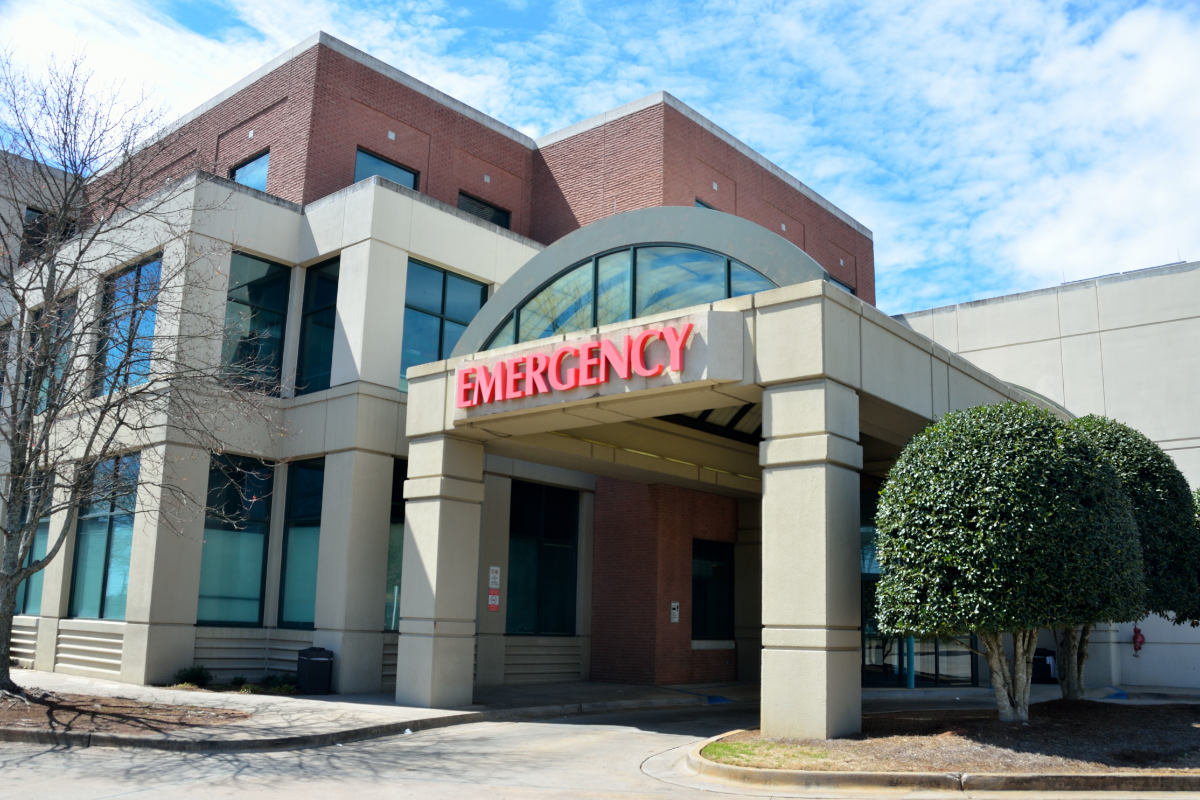DIAGNOSTIC SAFETY
PFPS US in action to improve
Diagnostic Safety and Quality
A recent report estimates that 795,000 Americans become permanently disabled or die annually across care settings because dangerous diseases are misdiagnosed. PFPS US is committed to reducing harm from diagnostic errors and has launched a variety of activities to address this sobering data.
New Patient Video on Diagnostic Errors:
"What If?"
Improving Diagnosis for Patient Safety through Patient Stories
English Version
Spanish Version
What is a Diagnostic Error?
The National Academies of Sciences, Engineering, and Medicine defined diagnostic error as the failure to (a) establish an accurate and timely explanation of the patient’s health problem(s) or (b) communicate that explanation to the patient.
Simply put, these diagnoses are delayed, wrong, or missed altogether.
These categories overlap, but examples help illustrate some differences:
- A delayed diagnosis is a case where the diagnosis should have been made earlier. Delayed diagnosis of cancer is by far the leading entity in this category. A major problem is that there are very few good guidelines for making a timely diagnosis, and many illnesses aren’t suspected until symptoms persist, or worsen.
- A wrong diagnosis occurs, for example, if a patient truly having a heart attack is told their pain is from acid indigestion. The original diagnosis is found to be incorrect because the true cause is discovered later.
- A missed diagnosis refers to a patient whose medical complaints are never explained. Many patients with chronic fatigue, or chronic pain fall into this category, as well as patients with more specific complaints that are never accurately diagnosed.





